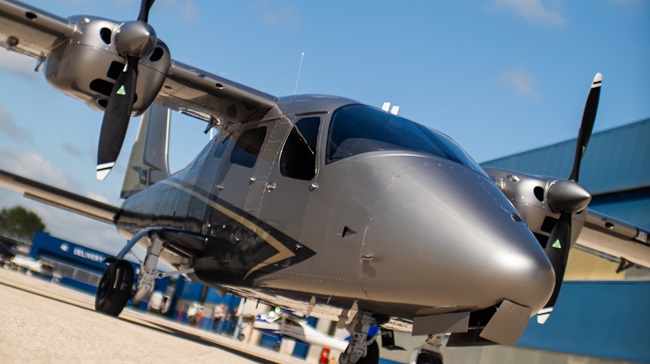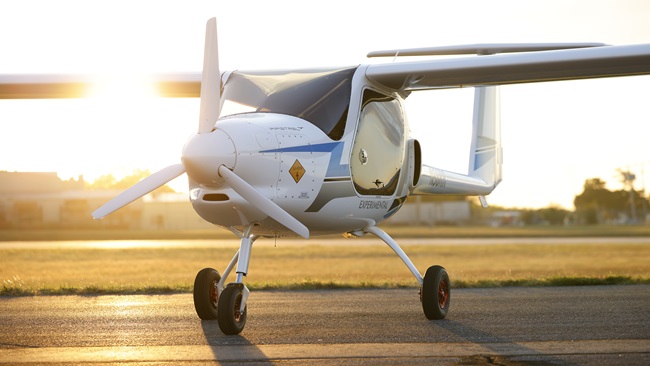Electric VTOL enters certification pipeline
Workhorse Group announced June 6 that the SureFly hybrid-electric, vertical takeoff and landing (eVTOL) aircraft, which first flew in May, is now the first aircraft of its kind to begin the FAA type certification process.
SureFly first flew in May, in a low hover and fitted with external stabilizer bars dubbed "training wheels" to prevent the aircraft from tipping over. The eight-rotor design being built and tested in Ohio is among many concepts recently unveiled by firms large and small, all vying to fill the expected demand for urban air taxi service. Ridesharing giant Uber hopes to introduce rooftop service to U.S. cities in the coming years, and Google co-founder Larry Page is among the investors hoping their own bet pays off.
"We have been working closely with the FAA while we have been under our Experiment Certification status, and we feel that their acceptance of our Type Certification application represents a vote of confidence in our team, our product and the future of electric vertical take and landing aircraft here in the United States,” Burns said in the recent news release.
The two-seat SureFly is powered by a hybrid electric system and is designed to carry 400 pounds of payload up to a range of 70 miles, at 70 mph. The aircraft operates in much the same way as modern commercial drones, giving the pilot a fly-by-wire system to direct the aircraft while the computer varies the thrust of each motor independently to control flight. Batteries will allow the aircraft to continue flying for 5 minutes in the event of a motor failure, and an airframe parachute is to be the safety device of last resort, according to a video posted by Workhorse Group following the maiden flight.
While there are no shortage of contenders seeking to fill Uber’s future orders, certifying any of them to carry paying passengers will force the FAA into uncharted territory. Part 23 reforms have simplified certification of traditional aircraft, but standards for aircraft with electric propulsion are still being developed. ASTM International will eventually propose performance standards and means of compliance that will allow FAA certification of eVTOL aircraft, but that process remains to be finalized, and the FAA has yet to receive those recommended standards for review.
Workhorse Group said in the news release that the company is “working closely with top experts in the field to develop new certification requirements that fit a hybrid-electric eVTOL like SureFly.”




